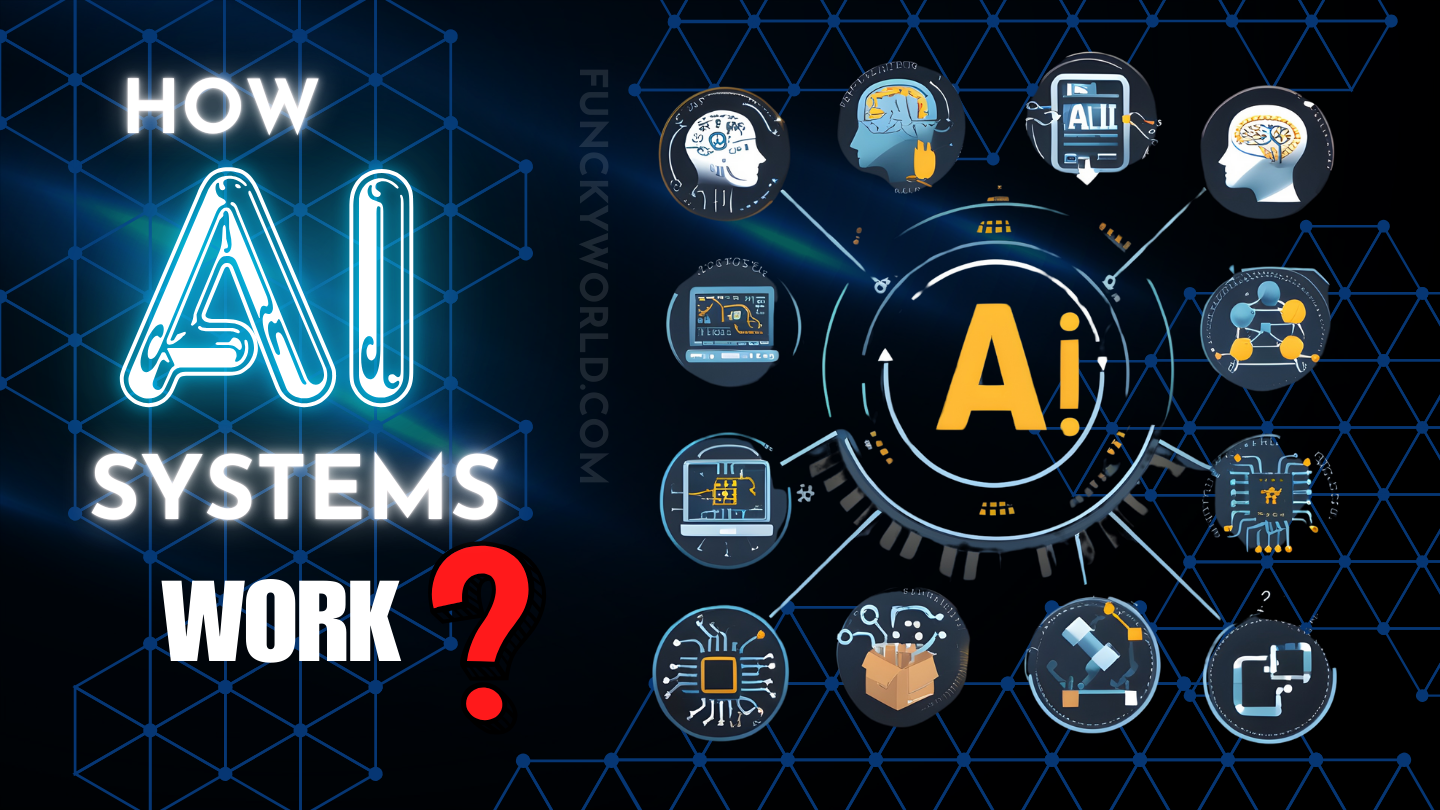
Understanding How AI Systems Work
Artificial Intelligence (AI) refers to the simulation of human intelligence processes by machines, particularly computer systems. This involves a variety of capabilities, including learning, reasoning, problem-solving, perception, and language understanding. To understand how AI systems work, we can break the explanation down into several core components: data, algorithms, models, training, and deployment.
1. Data: The Foundation of AI
Data is the backbone of any AI system. It consists of raw information that can be in various forms, such as text, images, audio, and numerical values. The quality and quantity of data significantly affect the performance of AI models. For instance, a machine learning model designed to recognize cats in pictures requires a substantial dataset of cat images. The more diverse and representative the data, the better the model can generalize its predictions to unseen data.
Data can be classified into two main categories:
- Structured Data: Organized data that follows a predefined format (e.g., databases with rows and columns).
- Unstructured Data: Raw data that doesn’t fit into a structured format (e.g., text documents, videos).
2. Algorithms: The Instructions for Learning
Algorithms are a set of rules or instructions that guide how data is processed. In AI, algorithms enable machines to learn from data and make decisions. Different types of algorithms cater to various tasks:
- Supervised Learning: The model learns from labeled data, where both input and output are provided. For example, a spam detection algorithm learns from emails that are tagged as “spam” or “not spam.”
- Unsupervised Learning: The model works with unlabeled data and tries to find patterns or groupings on its own. Clustering algorithms fall into this category, where the model identifies similar groups within the data.
- Reinforcement Learning: The model learns by interacting with an environment, receiving feedback through rewards or penalties. This is commonly used in robotics and gaming, where an agent learns to navigate through trial and error.
3. Models: The Representation of Learning
Once data is processed through algorithms, it results in a model. A model is a mathematical representation that captures the patterns within the training data. Depending on the complexity of the task, different types of models can be used:
- Linear Models: Simple models that assume a linear relationship between input and output.
- Decision Trees: Models that split data into branches based on decision rules, allowing for non-linear relationships.
- Neural Networks: Complex models inspired by the human brain that consist of layers of interconnected nodes (neurons). They are particularly powerful for tasks like image and speech recognition.
4. Training: Teaching the Model
Training is the process of optimizing a model to minimize errors and improve its predictions. This involves feeding the model training data and adjusting its parameters based on the output it produces. Key components of the training process include:
- Loss Function: A mathematical function that measures how far the model’s predictions are from the actual outcomes. The goal is to minimize this loss.
- Backpropagation: A technique used in neural networks to update the weights of the model based on the error calculated from the loss function.
- Hyperparameter Tuning: Adjusting the model’s hyperparameters (settings that govern the training process) to enhance performance.
5. Deployment: Putting AI into Action
Once trained, the AI model is deployed in real-world applications. This involves integrating the model into software systems where it can process new data and provide predictions or recommendations. Deployment can take various forms:
- APIs (Application Programming Interfaces): Allow other software to interact with the AI model, making it accessible for various applications.
- Embedded Systems: Integrating AI directly into devices (e.g., smartphones, home assistants) for real-time processing.
- Cloud-based Solutions: Offering AI capabilities over the internet, allowing scalability and remote access.
6. Continuous Learning and Improvement
AI systems are not static; they can continually learn from new data and improve their performance over time. This is often referred to as “online learning” or “incremental learning,” where the model is updated as new information becomes available.
Conclusion
AI systems represent a sophisticated interplay between data, algorithms, models, and training processes. They require careful design and implementation to function effectively. Understanding these components is crucial for developing and deploying AI technologies that can enhance various sectors, from healthcare to finance and beyond. As AI continues to evolve, its applications and implications will shape the future of technology and society.



Leave a Reply